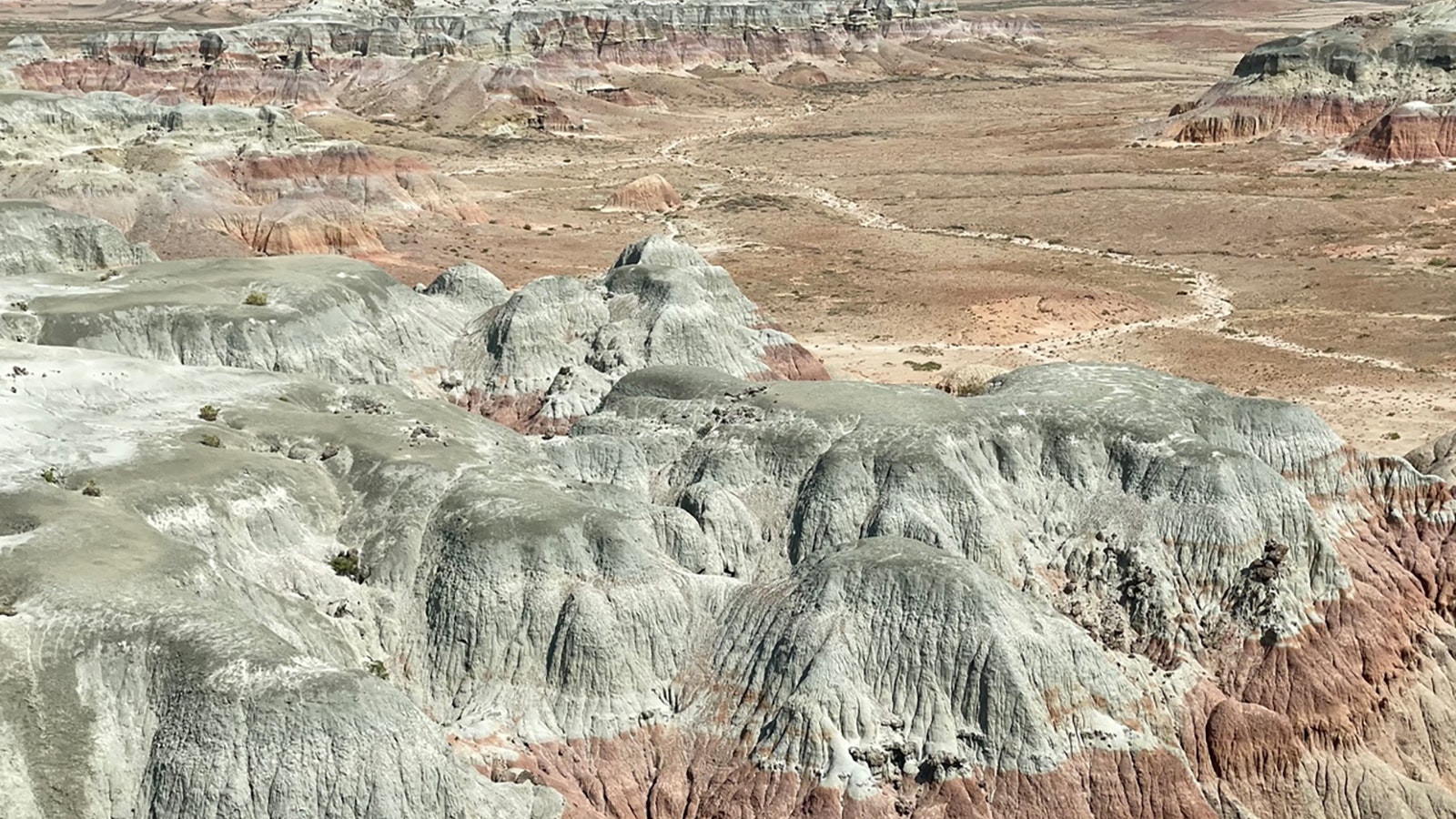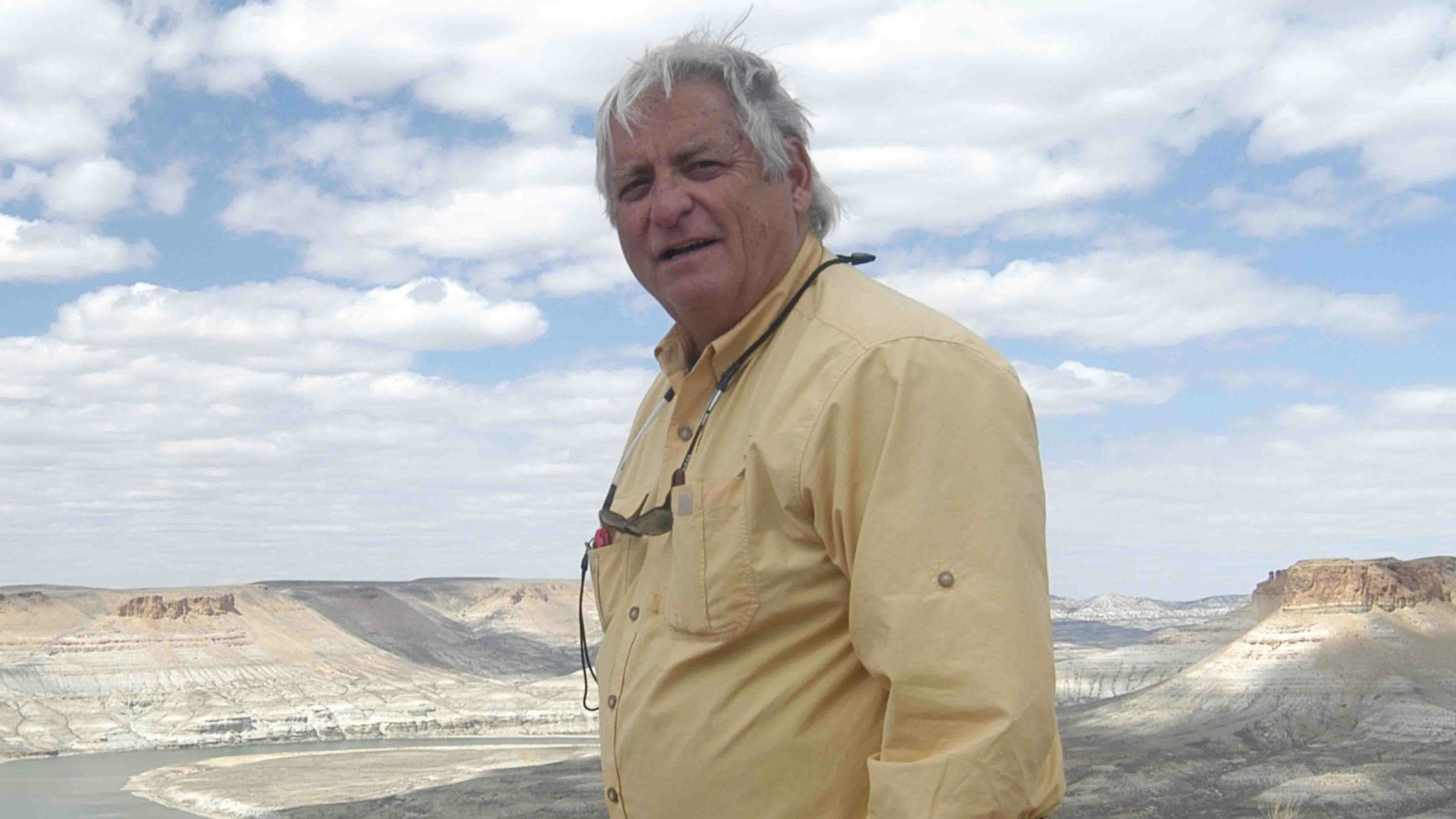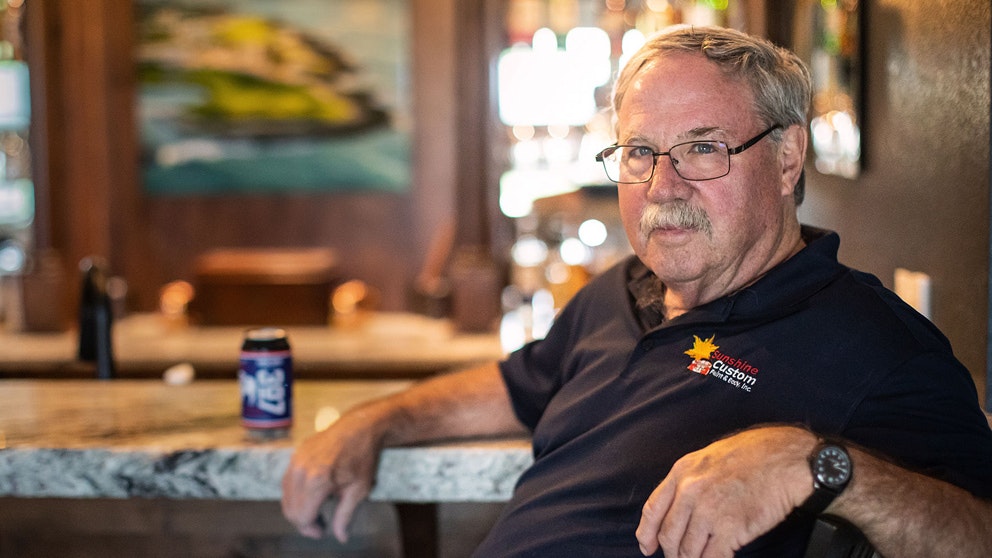Dear editor:
For years, I drove across that vast landscape between Lander and Rock Springs enjoying the views of the Wind River Mountains and imagining the experiences of those who came before me: the native people, the pioneers headed to Oregon or Joseph Smith’s promised land.
In good weather, the drive was spectacular, and I’d stop the car to listen to the quiet of the big empty. In bad weather, I’d marvel at how sturdy those earlier travelers had been and was glad I was born in an age of cars with climate control.
A few years ago, after a map of the Red Desert was published, I stopped driving past the Northern Red Desert and Big Sandy country and headed into it instead. The map showed places with names like Chicken Springs, Honeycomb Buttes and Steamboat Mountain. It felt like studying the map of Disneyland a childhood friend of mine had brought home after a summer vacation. I had to go.
On our first trip, Andrea and I spent a couple of nights camped on a shelf overlooking the kind of view you see in the movies with dramatic music on the soundtrack.
Alone.
I knew we were not the first or only people to have seen that view, but it felt like it.
Most of this area is public land managed for us, the American people, by the Bureau of Land Management.
A few days ago, that agency released a draft management plan for these lands. The plan calls to protect the wildlife habitats, cultural sites and wildlands of the Northern Red Desert and Big Sandy Foothills, areas where there is almost no potential for oil and gas and where renewable energy would be out of place.
This is a reasonable proposal that looks thoroughly at the values of these landscapes, takes seriously the opinions of the thousands of us who appreciate these areas, and plans responsibly for the long-term health and utility of these lands and our communities.
Unfortunately, some people have already started attacking this draft plan. Nasty words have been thrown around in press releases. This is both unfortunate and unnecessary.
Yes, the plan was frustratingly overdue in delivery. Over the past 10 years of development, three presidential administrations have overseen the process, and who knows how many legal interventions were attempted.
But the draft was not written by politicians or even their appointees. It was developed by professional land managers with years of experience and training in disciplines like range and wildlife management, archeology and economics.
These are land managers who live in the communities they serve and know these lands well. I am proud of my public service career in two national land management agencies, so I know that professionalism is paramount among those folk.
This locally developed plan outlines several options and opportunities for how to manage this complex landscape.
There are places out there that are critical to the survival of our heritage. Wildlife is hard-wired to the habitat occupied for thousands of years. Places, sounds, views, smells and even the solitude afforded by the Northern Red Desert are testimony to who we are as humans. This draft carefully proposes how to use the area’s resources in a way that ensures that our children will benefit from them too.
The review process of the plan is important. Every one of us has a responsibility to chime in. Let’s read it, listen and discuss it, and comment.
Most importantly, go there. Go see the Honeycomb Buttes that look like a parfait of ice cream flavors. See the form of handprints worn into the sandstone at Birthing Rock. Discover this magical place for yourself. It will bring you home.
Sincerely,
Joe Quiroz
Joe Quiroz is a retired natural resource manager, business owner, a longtime Lander resident and active Rotarian who spends as much time on public lands as he can.





